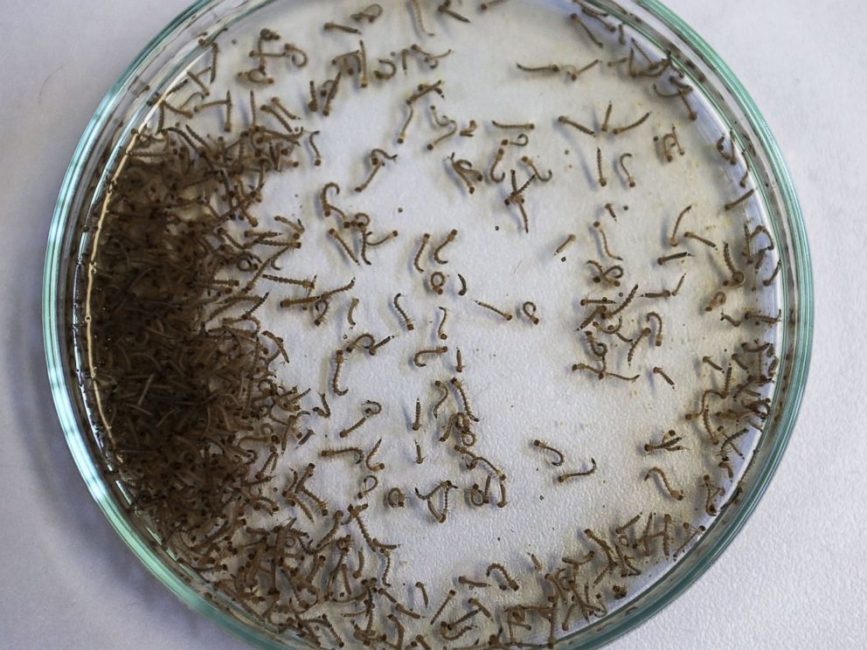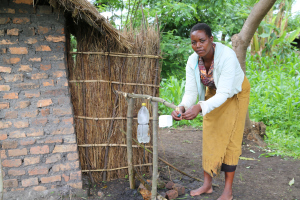As the Zika virus outbreak spreads across Central and South America, it appears to have landed in North America, where 31 people have been reportedly infected in the US. The infection has been linked to birth defects in newborns

There are currently 31 people in the U.S. who have been diagnosed with the Zika virus, including three pregnant women – two in Illinois and one in New York.
Those infected are spread across 11 states and Washington, D.C., according to the U.S. Centers for Disease Control and Prevention. All of those infected contracted the virus outside of the U.S. before returning, according to health officials.
Another woman in Hawaii is believed to have had the Zika virus after her infant was born with the associated birth defect called microcephaly – characterised by an abnormally small head and brain, which can lead to developmental delays. The birth defect has been associated with the virus in Brazil, where more than 4,000 children have been diagnosed with the condition.
Houston Woman Recounts Zika Infection
A Houston woman described what it was like to be infected with the Zika virus during a trip to El Salvador over Christmas.
Lizzie Morales told ABC’s Houston station KTRK-TV that she spent a week experiencing the extreme fatigue, nausea and a large rash that covered her body.
“You have no strength or energy to sit down. You just want to lay down and sleep,” she told KTRK-TV.
Morales said she had fatigue for a week and nausea towards the end of her virus.
“Christmas Eve, I was scratching. My chest, bumps on my lips, eyes, ears,” she said.
Origin of Zika Virus Outbreak in Brazil May Be Linked to Major Sporting Events
Scientists have traced the Zika virus spreading through the Western Hemisphere to a strain from French Polynesia. The virus was first confirmed in this hemisphere in Brazil last May, but quickly spread leading to more than 1 million estimated cases in Brazil by the end of 2015.
In a research paper, scientists said the outbreak might have been linked to major sporting events that brought together thousands of people across the globe to Brazil. This revelation raises concern over the safety of athletes at the forthcoming Olympics game scheduled to hold this year in Brazil.
“It is very likely an infected traveler from French Polynesia that traveled to Brazil was likely the source of the Brazilian invasion,” Dr. Peter Armbruster, professor of biology at Georgetown University, who was not involved in that study, told ABC News. “Whether it is someone associated with the [World Cup], we do not know for sure.”
Where Is the Zika Virus Outbreak Happening?
The virus has been reported in Africa, South Asia and Polynesia but now it’s also being found in Central and South America.
An outbreak of the disease in Brazil lead to an alert by the Pan American Health Organisation last May. The U.S. Centers for Disease Control and Prevention have issued a travel alert for 24 countries and territories where the virus transmission is ongoing.
Those countries and territories are: Brazil, Colombia, El Salvador, French Guiana, Guatemala, Haiti, Honduras, Martinique, Mexico, Panama, Paraguay, Suriname, Venezuela, Puerto Rico, U.S. Virgin Islands, Dominican Republic, Barbados, Bolivia, Ecuador, Guadeloupe, Saint Martin, Guyana, Cape Verde and Samoa.
What Does the Virus Do?
Common symptoms of the Zika virus include fever, rash, joint pain and conjunctivitis, according to the CDC. Approximately one in five people infected with the virus show symptoms. Severe complications from the virus that require hospitalisation are rare, according to the CDC.
The virus has also been associated with a rise of microcephaly birth defect cases.
The CDC is also investigating if a rare paralysis syndrome called Guillain-Barre is related to the virus. The syndrome is an immunological reaction that can also occur after other viral or bacterial infections.

Photo
Virus Spreading Explosively
The Zika virus is “spreading explosively” in the Americas, the head of the World Health Organisation (WHO) said Thursday, as the global health body warned that it expected up to four million cases of the disease.
WHO chief Margaret Chan called for an emergency meeting on February 1 on the outbreak of the virus, which has been blamed for the birth defect microcephaly, a condition that causes babies to be born with an abnormally small head.
“The level of alarm is extremely high,” Chan said, adding that the meeting of WHO’s Emergency Committee on Monday will seek to determine if the outbreak qualifies as an international public health emergency.
The virus “is now spreading explosively,” in the Americas, where 23 countries and territories have reported cases, the WHO chief said.
Marcos Espinal, the head of communicable diseases and health analysis at the WHO’s Americas office, said the region should expect “three to four million cases” of Zika, without proving a timeframe for the outbreak to ramp up to that level.
Following its initial discovery in a monkey in Uganda’s Zika forest in 1947, the disease “slumbered” and “occasionally caused a mild disease of low concern,” in humans, Chan said.
“The situation today is dramatically different.”
Chan highlighted the growing concern over Zika’s possible link to microcephaly and a neurological disorder called Guillain-Barre syndrome.
“A causal relationship between Zika virus infection and birth malformations and neurological syndromes has not yet been established, but is strongly suspected,” Chan said.
The emergency meeting will seek advice on the severity of the outbreak and what response measures might be taken.
It will also aim to identify priority areas for urgent research, Chan said, after US President Barack Obama called for swift action, including better diagnostic tests as well as the development of vaccines and treatments.
Espinal warned that Zika “will go everywhere the mosquito is.”
“We should assume that. We should not wait for it to spread,” he said.
Drawing a contrast with Ebola, Espinal stressed that Zika needs a carrier to spread and that controlling the mosquito was therefore crucial to controlling the outbreak.
WHO has previously said that it expects Zika to spread to every country in the Americas except Canada and Chile.
Brazil has been the country hardest hit so far, and concerns are growing about this summer’s Olympics, which is likely to attract hundreds of thousands of visitors to host city Rio de Janeiro in August.
Zika originated in Africa and also exists in Asia and the Pacific, but has not been associated with microcephaly there. It first came to prominence in Brazil in October.
Microcephaly can cause brain damage or death in babies.
In Brazil, cases of microcephaly have surged from 163 a year on average to more than 3,718 suspected cases since the outbreak, according to the health ministry.
Colombia, Ecuador, El Salvador and Jamaica have warned women to avoid getting pregnant for the time being.
By Gillian Mohney (ABC News)/AFP (Seychelles News Agency)












